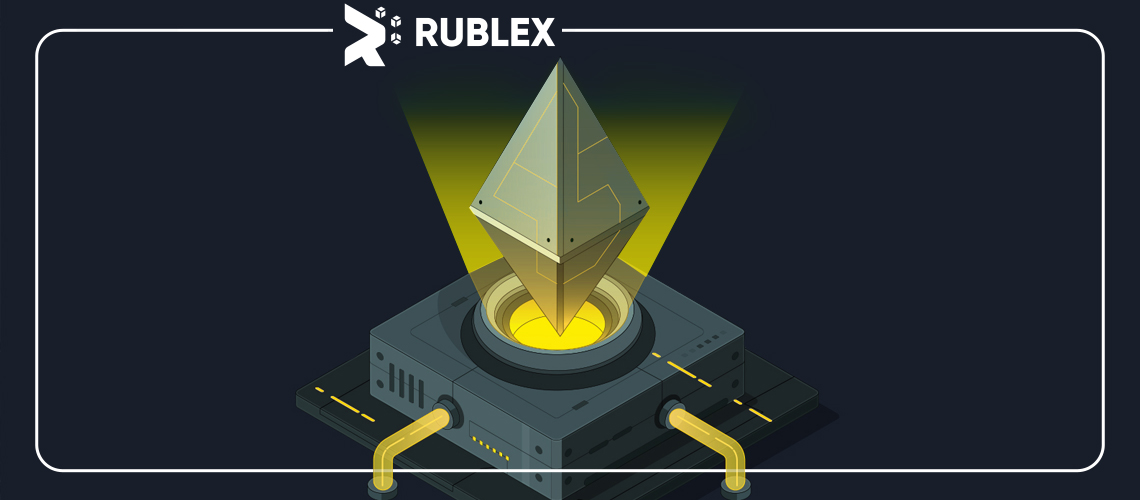The Ethereum network successfully transitioned from proof-of-work mining to proof-of-stake mining on September 15, 2022, marking a significant shift in its blockchain dynamics as validators took over from miners.
The highly anticipated Shapella upgrade has recently been implemented, enabling Ethereum 2.0 stakers to withdraw their staked assets. With various ongoing developments on the Ethereum blockchain, let’s delve deeper into ETH.
In summary, Etherеum, created by Vitalik Buterin in 2015 in collaboration with the Etherеum Foundation, is a decentralized blockchain platform designed to facilitate the creation and execution of smart contracts and decentralized applications (dApps). It has evolved to become one of the largest and most widely recognized cryptocurrencies globally, setting itself apart from Bitcoin through its programmable capabilities.
The Ethеreum blockchain has expanded to support a diverse array of applications. ETH network developers have the ability to create decentralized applications (dApps) through the use of smart contracts, which are self-executing contracts with pre-defined rules. Furthermore, Ethereum has steadily risen to become the world’s second-largest cryptocurrency over time.
The Ethеreum Cancun upgrade, slated for the future, represents a significant milestone aimed at enhancing the scalability and security of the Ethereum blockchain.





